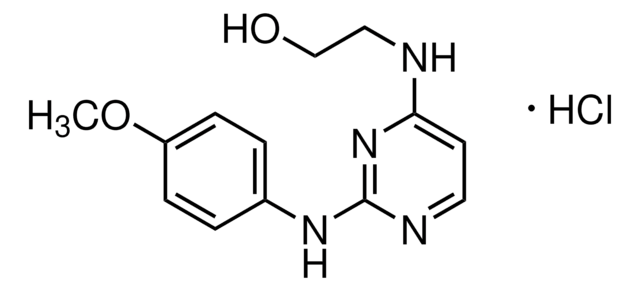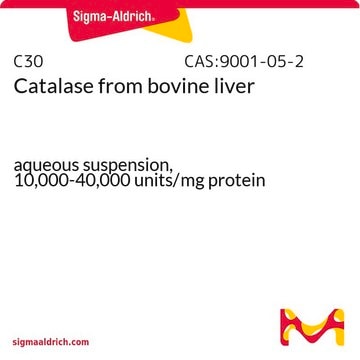C5723
Anti-Cytochrome c antibody produced in sheep
whole antiserum
About This Item
Recommended Products
biological source
sheep
Quality Level
conjugate
unconjugated
antibody form
whole antiserum
antibody product type
primary antibodies
clone
polyclonal
mol wt
antigen 14.4 kDa
species reactivity
human, rabbit, canine, rat
technique(s)
immunoprecipitation (IP): suitable
indirect immunofluorescence: suitable
western blot: 1:5,000 using MCF-7, Rat-1, MDCK or Jurkat cell extracts
UniProt accession no.
shipped in
dry ice
storage temp.
−20°C
target post-translational modification
unmodified
Gene Information
human ... CYCS(54205)
rat ... Cycs(25309)
Looking for similar products? Visit Product Comparison Guide
Immunogen
Application
Western Blotting (1 paper)
Target description
Disclaimer
Not finding the right product?
Try our Product Selector Tool.
recommended
Storage Class Code
10 - Combustible liquids
WGK
WGK 3
Flash Point(F)
Not applicable
Flash Point(C)
Not applicable
Certificates of Analysis (COA)
Search for Certificates of Analysis (COA) by entering the products Lot/Batch Number. Lot and Batch Numbers can be found on a product’s label following the words ‘Lot’ or ‘Batch’.
Already Own This Product?
Find documentation for the products that you have recently purchased in the Document Library.
Our team of scientists has experience in all areas of research including Life Science, Material Science, Chemical Synthesis, Chromatography, Analytical and many others.
Contact Technical Service








